Heida: Pearl of the Alps
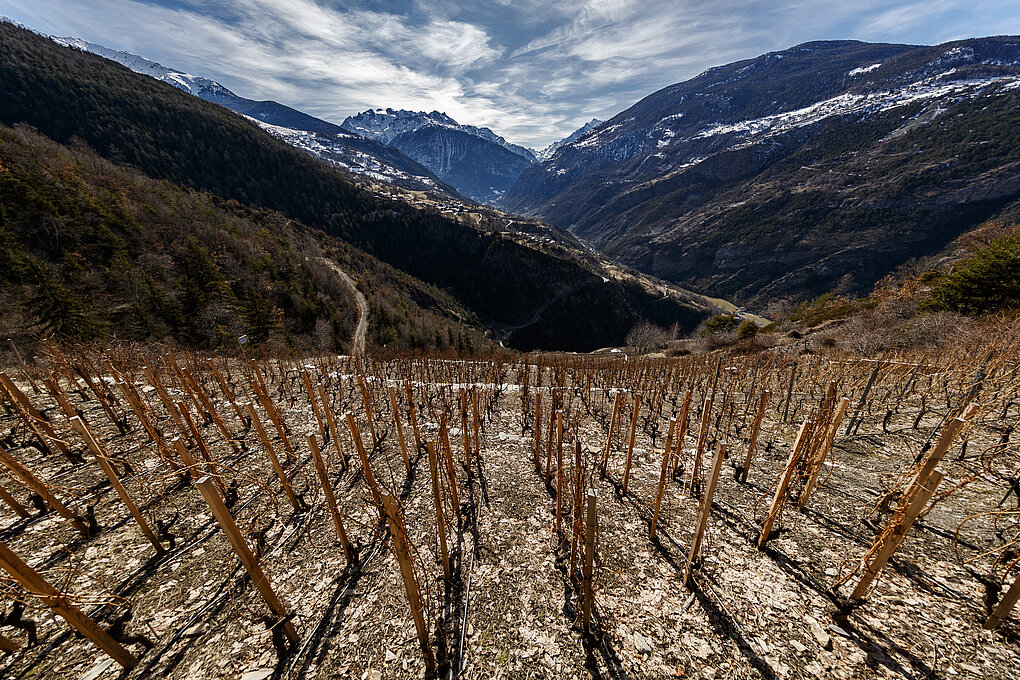
Heida is an old variety with a modern freshness planted in the Swiss Valais heights of the Visperterminen.

Heida is an old variety with a modern freshness planted in the Swiss Valais heights of the Visperterminen.
Chandra Kurt is one of Switzerland’s foremost wine writers and critics, based in Zürich. She has authored more than 20 books on wine, including “Wine Tales” and the annual guide “Weinseller,” while also launching her quarterly print magazine “Weinseller Journal” in 2015. Chandra is also an international wine consultant and a member of the Circle of Wine Writers, the Ordre des Coteaux de Champagne, and the Confrérie du Guillon. Chandra was born in Sri Lanka, to an Italian mother and a Swiss father. She spent her childhood in Asia, where her parents were exploring the life of elephants for the Smithsonian Institution.
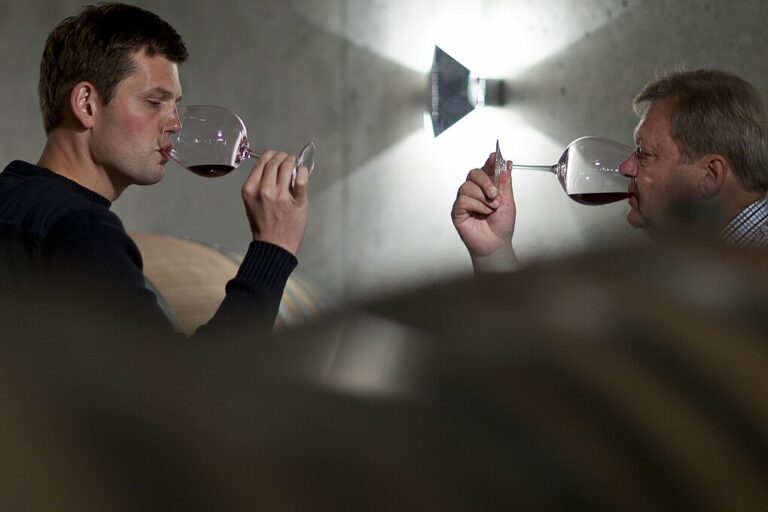
The Donatschs were never conformists. Starting in the 1970s, Thomas Donatsch of Graubünden turned the Swiss wine landscape on its head with his illegal Chardonnay plantings and barrique experiments. In 2019, his son Martin broke the price record for Swiss wine with his Réserve Privée. Yet it hasn’t always been easy. A conversation with Martin reveals a few of the reasons why Swiss wines remain an insider secret. When it comes to wine, what makes Switzerland so unique? Switzerland is an extremely multifaceted country. Two radically different regions can exist within mere kilometers of each other. Ticino for example embodies…...

Trink Magazine | Valerie Kathawala hazards forecasts for the future of wines from Alto Adige-Südtirol, Austria, Germany, and German-speaking Switzerland.
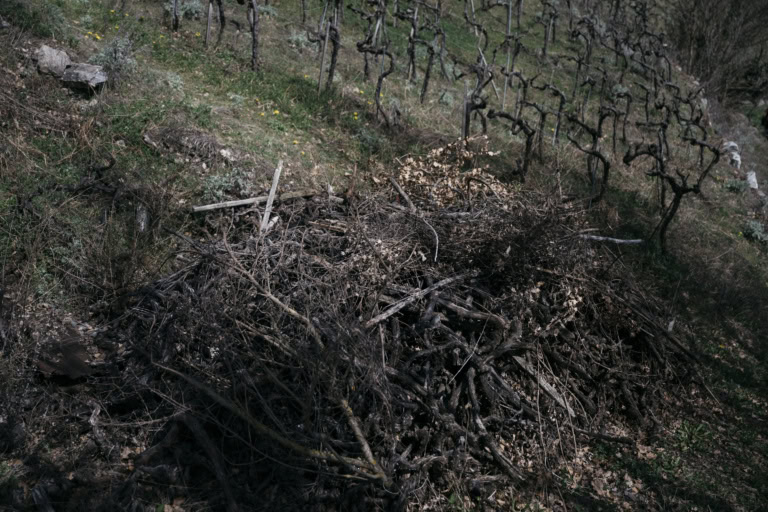
This article is adapted from Natural Trailblazers: 13 Ways to Climate-Friendly Wine, to be published on 21 October 2024 and currently available for pre-order. In the Swiss Alps, husband-and-wife Romaine and Hans-Peter Schmidt have created an island for humans and animals, insects and microbes to thrive in a sea of conventional vineyards. A combination of no-till, green manure, vitoforestry, and biochar makes their legendary winery Mythopia carbon neutral in the vineyard. I’m outside a bakery in Sion, with a view of the railway tracks and the snowy peaks on the horizon. It’s a surreal combination of nature and industry. A…...
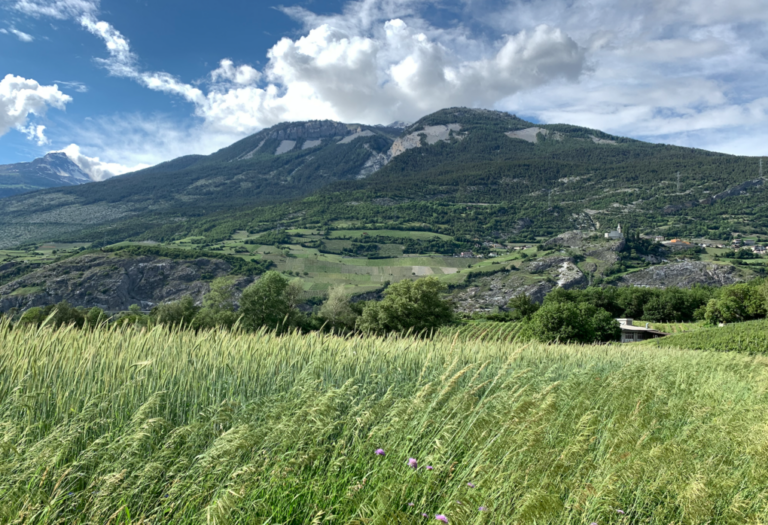
In a Swiss park, a footpath leads from Leuk, a village straddling the Rhone, up to Varen, which is perched on a cliff. The trail is steep and strewn with pebbles in early summer. But three lightfooted young people with small backpacks move at a steady pace, in the way the Swiss tend to do when they grow up hiking in the Alps. The trio checks a list of clues they picked up at the Leuk tourism office. This treasure hunt will take them along groomed trails for eight hours (several pauses included) to wineries within the extraordinary Pfyn Nature…...
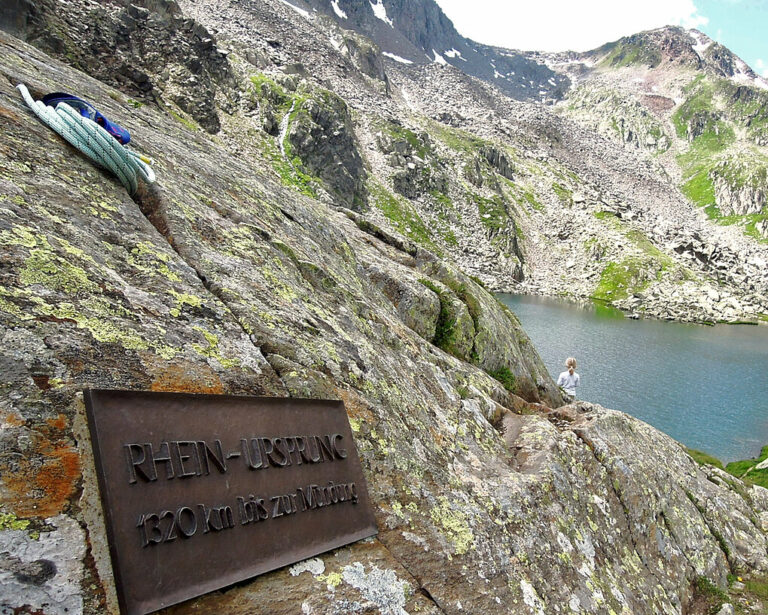
It would be easy to dismiss what happens in the tiny winegrowing country of Switzerland as an inconsequential alpine eddy, an iridescent surge in the great river of wine. After all, the nation boasts a mere 15,000 hectares of vines, ranking it only 132nd worldwide in terms of area. But do so at your own peril. After all, the Rhine itself begins in this country, high in the hills of Graubünden some 120 km due south of Switzerland’s capital city. In that spot, it is little more than a spring-fed stream off Lake Toma. “To me, the Rhine looks very…...
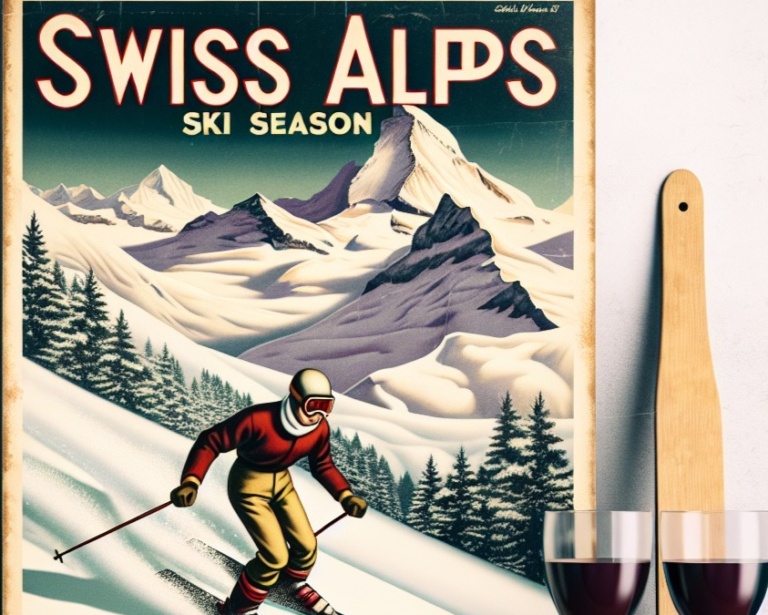
In most wine regions, it’s common to think of harvest as the season’s grand finale, giving way to a quieter period spent in the winery and cellar. For Switzerland’s premier winemaking cantons of Wallis and Graubünden, however, the wine is barely in barrels before these regions face an even busier time: ski season. In Switzerland, skiing and tourism are intertwined, notwithstanding a strong domestic affinity for the sport. The practice in its modern form was imported from Norway in the 1890s. It was initially embraced by members of the British upper class taking winter holidays in resort areas such as…...
Enjoy unlimited access to TRINK! | Subscribe Today